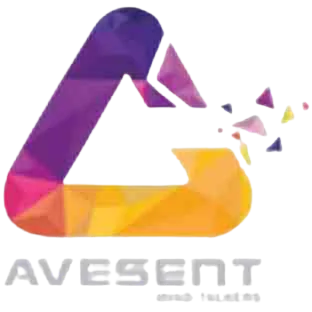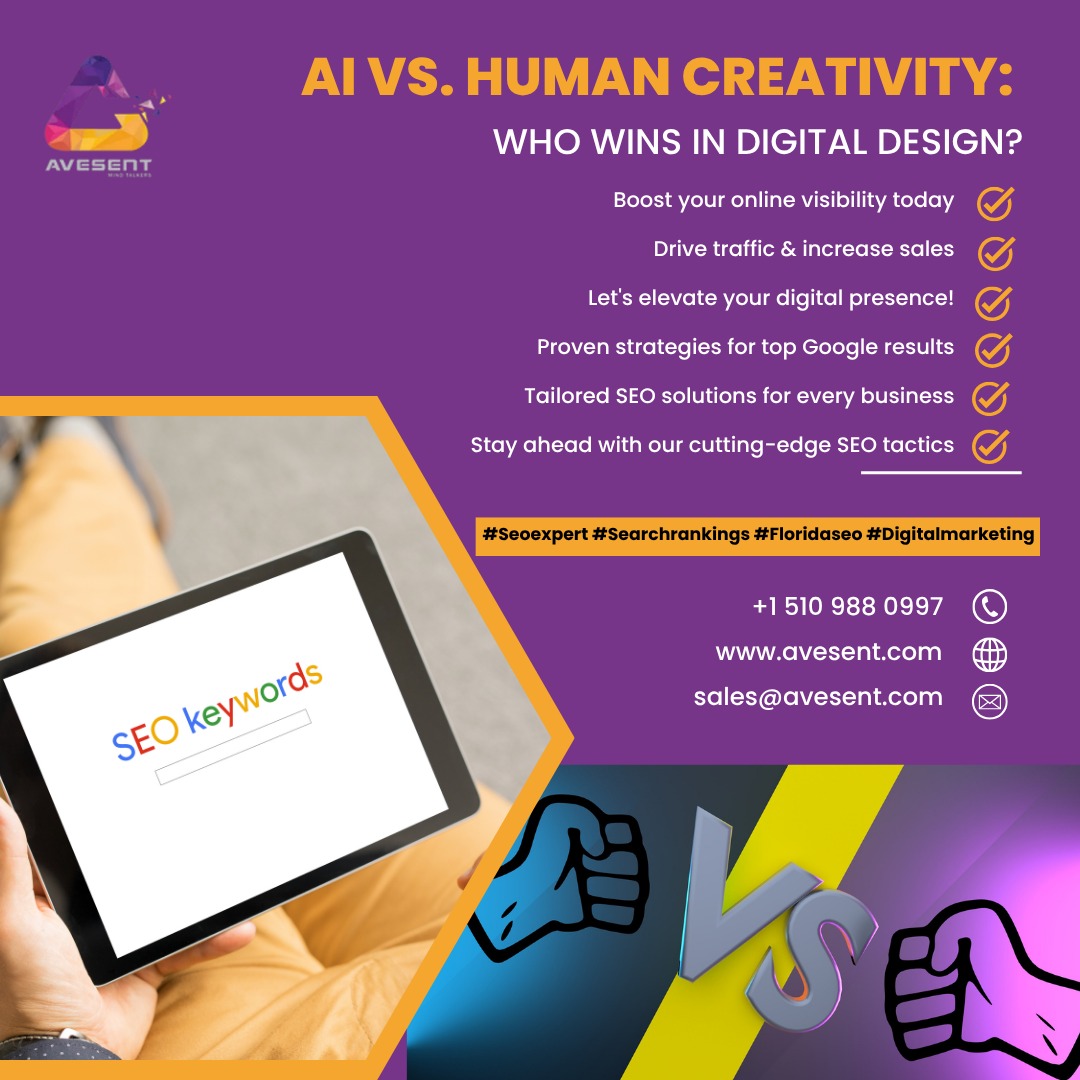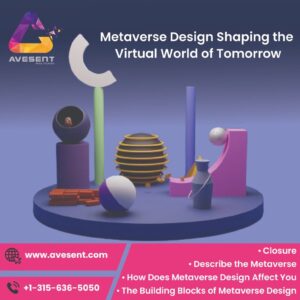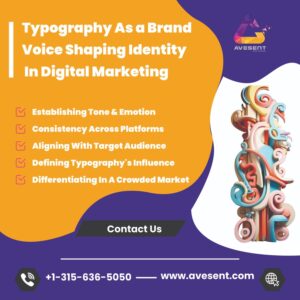The digital design industry is witnessing a revolution. Artificial Intelligence (AI) tools are now being used to create logos, websites, social media graphics, and even full-scale branding strategies. With platforms like MidJourney, DALL·E, and Canva’s AI-powered features, design has become faster and more accessible than ever before.
But an important question remains: can AI truly match or even replace human creativity in digital design? Or does human imagination still hold the crown? Let’s explore this exciting debate.
The Rise of AI in Digital Design
AI has brought speed and efficiency to the world of design. With just a few prompts, AI tools can generate hundreds of variations of logos, color palettes, or layout options. This has changed the way brands and designers approach projects.
For businesses, AI means cost-effective design solutions. Instead of hiring a large team, small companies can use AI-driven tools to create professional-looking graphics within minutes.
For designers, AI acts as an assistant. It can handle repetitive tasks like resizing images, generating templates, or suggesting fonts and colors. This frees up time for designers to focus on strategy and creativity.
What AI Brings to the Table
AI’s strength lies in data and automation. It can analyze trends, predict what audiences may like, and provide countless design options in record time. AI doesn’t get tired, and it can work at lightning speed.
For example, AI can:
- Generate multiple layout options instantly
- Analyze color psychology to suggest effective palettes
- Use machine learning to study what works best for target audiences
- Offer inspiration to designers stuck in creative blocks
But while AI is brilliant at patterns and repetition, it struggles when it comes to originality and emotional depth.
Human Creativity: The Soul of Design
Design is not only about visuals; it is about storytelling, emotion, and connection. This is where humans have an edge. A human designer understands cultural nuances, emotional triggers, and the unique story behind every brand.
For example, a logo is more than just a shape and color. It reflects a company’s values, vision, and identity. While AI can generate visually appealing logos, it may not capture the emotional depth or subtle meaning that a skilled designer can infuse.
Human creativity thrives on imagination, empathy, and context—qualities that AI cannot replicate fully. A designer can take inspiration from real-life experiences, social movements, or even a random conversation. This human touch makes design not just attractive but meaningful.
Collaboration, Not Competition
Instead of asking “who wins” in the AI vs. human creativity debate, a better question might be: how can both work together?
AI is a powerful tool, but it lacks originality and emotional intelligence. Humans are imaginative, but they may take longer to execute ideas. Together, they can create something extraordinary.
For instance, a designer can use AI to quickly generate drafts and explore new ideas. Then, using their own creativity, they can refine those drafts, add personal touches, and create a final design that connects with people on a deeper level.
This collaboration allows for faster workflows, more innovative results, and a balance between technology and artistry.
The Future of Digital Design
Looking ahead, AI will continue to evolve. It may become even better at mimicking human creativity, but it will always be limited by the data it is trained on. True innovation often comes from breaking rules and thinking beyond patterns—something humans excel at.
The future of digital design is not about AI replacing designers, but about designers who know how to use AI effectively. Those who embrace AI as a partner will be able to deliver smarter, faster, and more powerful designs.
Conclusion
So, who wins in digital design—AI or human creativity? The answer is: neither wins alone.
AI brings speed, efficiency, and endless possibilities. Humans bring imagination, emotion, and meaning. Together, they create the best of both worlds.
Digital design is entering an era where creativity and technology go hand in hand. The real winners will be those who embrace this partnership, blending AI’s capabilities with human artistry to create designs that are not just beautiful, but unforgettable.




